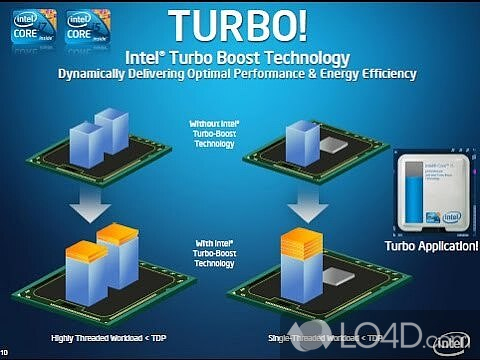

– Audio Shielding: Ensures precision analog/digital separation and greatly reduced multi-lateral interference – LED-illuminated design – Brighten up your build with the gorgeous illuminated audio trace path. – Supports : Jack-detection, Front Panel Jack-retasking Realtek? ALC887 8-Channel High Definition Audio CODEC Supports Intel? InTru? 3D, Quick Sync Video, Clear Video HD Technology, Insider?ġ x M.2 Socket 3,, with M Key, type 2242/2260/2280 storage devices support (both SATA & x2 PCIE mode)*1 Maximum shared memory of 1024 MB (for iGPU exclusively) Multi-VGA output support : HDMI/DVI-D/D-Sub ports Integrated Graphics Processor- Intel? HD Graphics support ** DDR4 2666MHz and higher memory modules will run at max. * The maximum memory frequency supported varies by processor ** Refer to for the Memory QVL (Qualified Vendors Lists). Supports Intel? Extreme Memory Profile (XMP) * The Intel? Turbo Boost Technology 2.0 support depends on the CPU types.Ģ x DIMM, Max. Supports Intel? Turbo Boost Technology 2.0 However, another disadvantage is that it cannot be enabled or disabled by core because it is part of the overall processor design and technology.ĭespite being a power management solution and an automated dynamic overclocking feature, Intel processors equipped with Turbo Boost technology still require a proper cooling system for it to work and prevent overheating risks.Intel? Socket 1151 for 8th Generation Core? i7/Core? i5/Core? i3/Pentium?/Celeron? Processors It is also enabled by default and can be disabled with a switch in the BIOS. The proper term is dynamic overclock in which the feature kicks whenever the computer needs. Turbo Boost is also fundamentally different from true overclocking, which is based on permanently boosting the clock speed. It would not activate while the computer is running on power conservation mode or under high temperatures. To boost the clock speed, the processor needs to work under predefined power, temperature, and specification limits. Note that the feature does not activate by default similar to the Hyper-Threading feature. Disadvantages of Intel Turbo Boost Technology However, equipping a processor with the ability to switch back-and-forth between marked and boosted speeds prevents overheating because it gives room for automated cooldown.

Overheating can potentially damage hardware components.

Note that higher clock speeds consume more power and, thus, produce more heat. In addition to improving battery life or promoting energy efficiency, another benefit of Turbo Boost is that it increases the lifespan of hardware components and the overall computer. The enabled processor will only consume more power depending on the resource requirements of ongoing tasks or processes. The limited clock speed allows power conservation.
#Intel turbo boost technology monitor i5 8gen portable
The technology is ideal for portable and battery-dependent computers such as laptops. It also allows Intel to develop competent and power-efficient processors with predefined clock speeds. It is part of the overall power management feature of enabled Intel processors. It automatically kicks in when needed.įurthermore, the technology complements power conservation. There is no specific process to activate the feature. The Pros and Cons Advantages of Intel Turbo Boost TechnologyĪ notable advantage of Turbo Boost is that it allows computers to operate beyond the marked clock speeds of their processors on demand. However, upon the activation of Turbo Boost, the processor redirects power from the cores that are unneeded to boost the clock speed of another core beyond the predetermined limit.

More specifically, take note that multi-core processors have a predefined clock speed. The underlying technology is essentially based on increasing the clock speed of the processor beyond its marked or predefined limit through redirection of power from several cores to a specific core. First introduced in a 2008 white paper, the company explained that it would incorporate the feature into the Nehalem-based processors it released in November of the same year.


 0 kommentar(er)
0 kommentar(er)
